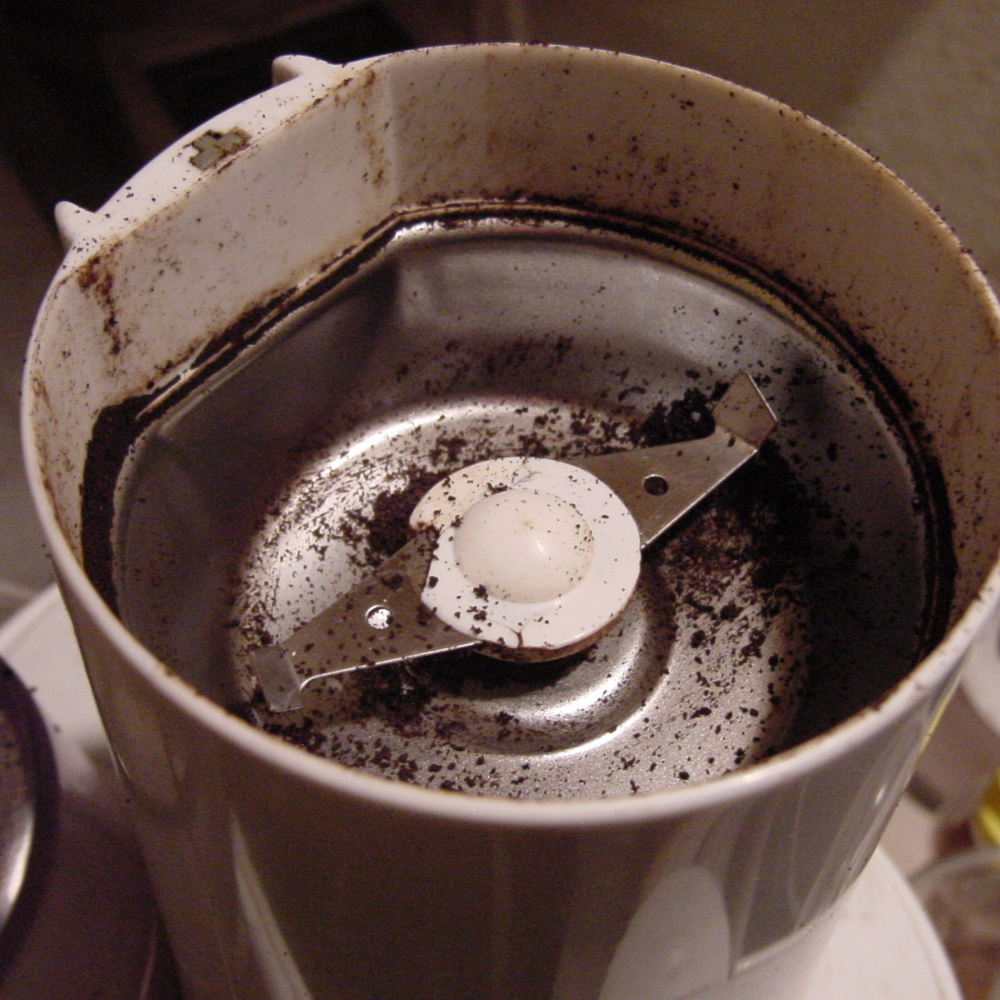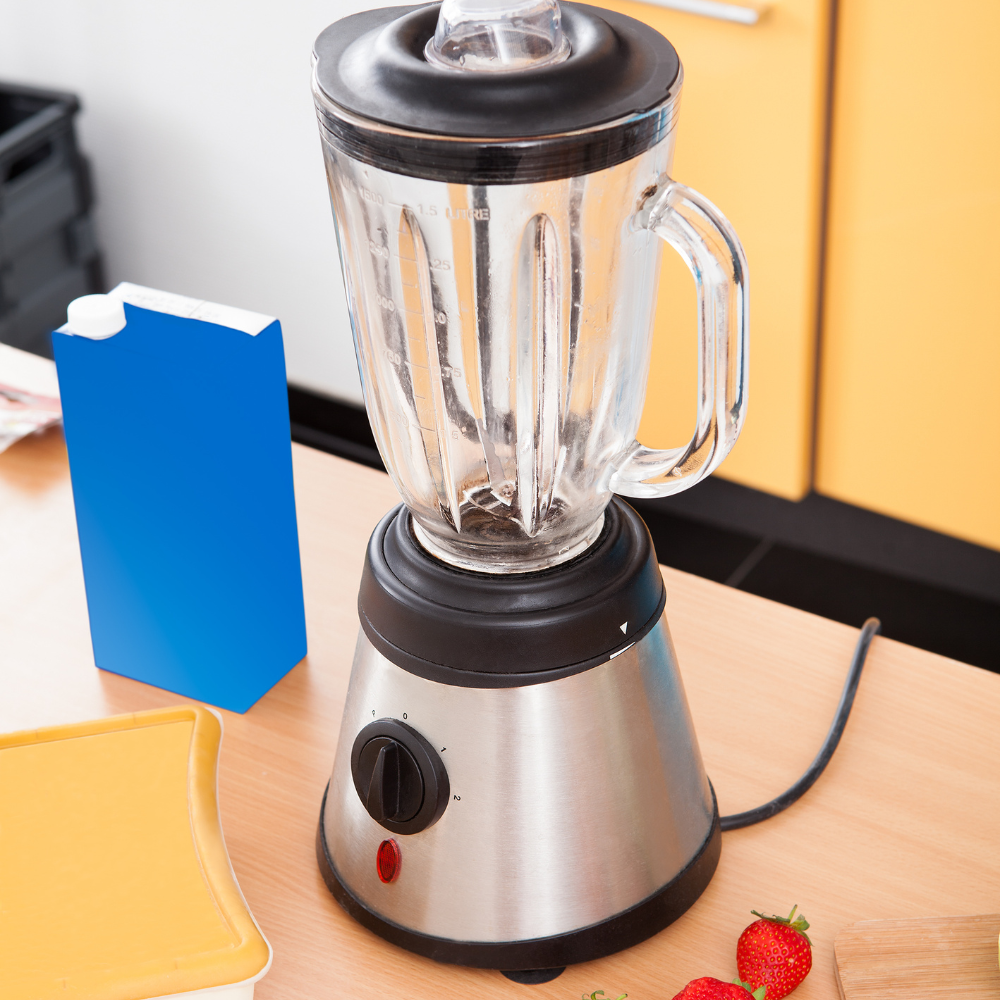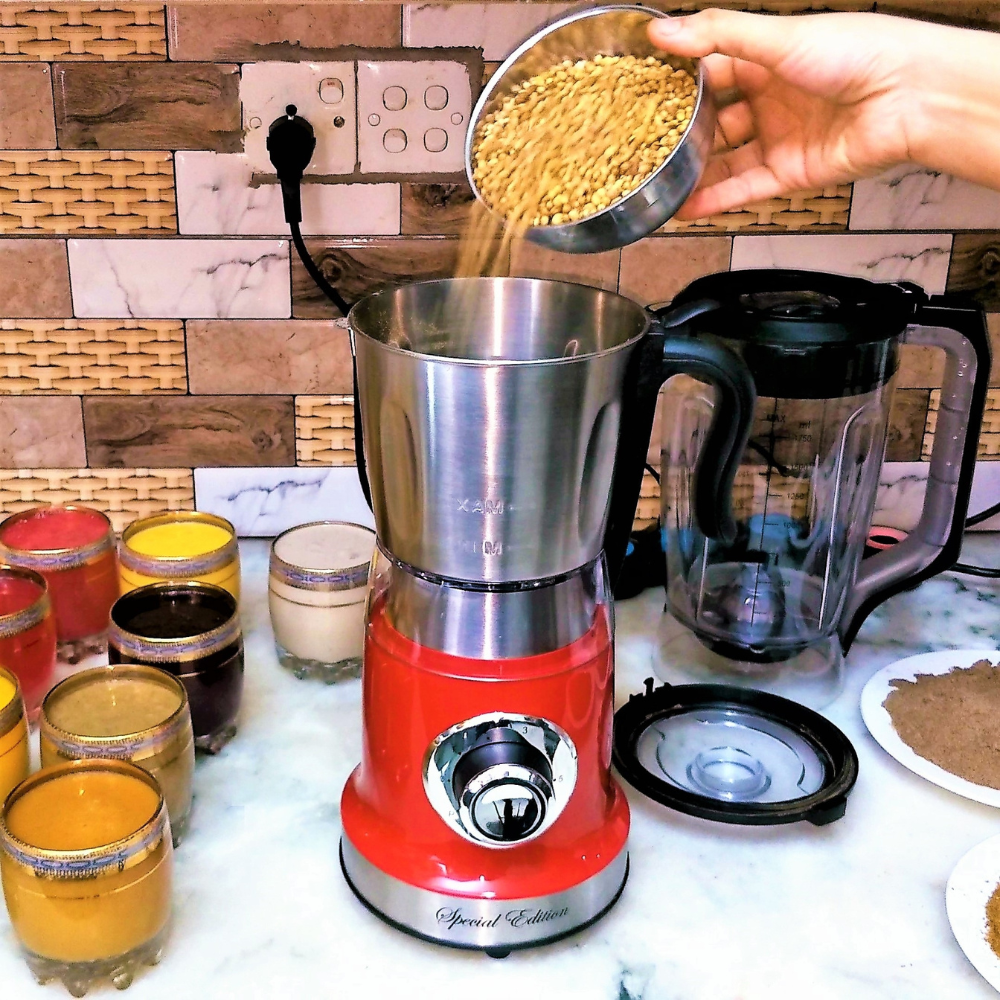A grinder is an essential tool for any kitchen, as it can be used to grind spices, herbs, and coffee beans. It consists of two revolving abrasive surfaces that crush and pulverize the ingredients into a fine powder or paste.
With the growing popularity of home cooking, grinders have become even more necessary in households. However, there are many types of grinders available on the market, making it challenging to determine their cost.
In this guide, we will explore the different factors that affect the cost of a grinder and provide some helpful tips on finding the best value for your money.
What Is A Grinder?

A grinder is a kitchen tool used to grind ingredients into smaller and more manageable sizes. It typically consists of two revolving abrasive surfaces, known as burrs, which can be made from various materials such as ceramic or stainless steel.
There are different types of grinders available, each serving a specific purpose. For example, manual grinders require you to manually twist the top to grind the ingredients, while electric grinders use a motor to do the work for you.
Grinders are commonly used to grind coffee beans, spices, and herbs. However, some models are designed specifically for grinding nuts or grains.
Factors Affecting Grinder Cost

The cost of a grinder can vary significantly depending on various factors. Some of the key elements that affect the price include:
Type
The type of grinder you choose plays a crucial role in determining its cost. There are primarily three categories: manual grinders, electric grinders, and specialty grinders. Manual grinders are typically more affordable, relying on hand-cranking to grind ingredients, making them an economical choice for occasional users.
Electric grinders, on the other hand, often come at a higher price point due to their convenience, speed, and consistent results; these models cater to frequent users and those who prefer a hands-off approach.
Specialty grinders, designed for specific tasks such as grinding grains or nut butter, can vary widely in price, often reflecting their complexity and targeted functionality. It’s essential to assess your grinding needs to ensure you select a type that offers both the required performance and value for your budget.
Material
Another critical factor that can affect the cost of a grinder is the material used for its construction. The most common materials are stainless steel, ceramic, and plastic; each has its advantages and drawbacks.
Stainless steel grinders are durable and offer excellent heat resistance, making them suitable for grinding coffee beans. However, they tend to be more expensive due to their high-quality build.
Ceramic grinders are also known for their durability, with the added advantage of being non-corrosive and preserving the flavor of your ingredients. They often come at a higher cost than plastic grinders but are a popular choice among serious home cooks.
Plastic grinders may be the most budget-friendly option, but they are not as durable and can affect the flavor of your ingredients. They are more suitable for occasional use or for grinding softer items. Ultimately, the material you choose will depend on your budget and the intended use of the grinder.
Brand
The brand of the grinder can also have a significant impact on its cost. Well-known and reputable brands often come with a higher price tag due to their established reputation, quality materials, and advanced features.
While it may be tempting to opt for a cheaper, lesser-known brand, keep in mind that it may compromise on durability and performance. It’s essential to research and read reviews before making a purchase to ensure you are getting the best value for your money.
Additionally, some brands offer extended warranties or excellent customer service, which can add value to the overall cost of the grinder. It’s worth considering these factors when evaluating different brands.
Size
The size of the grinder can also affect its cost. Generally, larger grinders that have a higher capacity tend to be more expensive than smaller ones. However, keep in mind that a larger capacity may not always be necessary, especially if you don’t plan on using the grinder frequently or for large quantities.
It’s essential to consider your grinding needs and how much space you have available in your kitchen before deciding on the size of your grinder.
Features
Lastly, the features included in a grinder can also contribute to its cost. Some grinders may have additional functions such as different grind settings, timers, or removable parts for easy cleaning, which can increase the price.
Again, it’s crucial to assess your needs and determine which features are necessary for you. You may find that a simpler model without extra features is more than enough for your grinding needs. And remember, more features often mean a higher price, so be sure to prioritize which ones are essential for you.
So these are the main factors that can affect the cost of a grinder. Remember to take your time, do your research, and consider your needs before making a purchase. With the right approach, you can find a grinder that offers both excellent performance and value for your money.
Average Cost of Grinders

The average cost of grinders can range from $10 for basic manual models to over $100 for high-end electric or specialty grinders. However, prices can vary greatly depending on the factors mentioned above.
If you are looking for a budget-friendly option, manual grinders may be your best bet, with some options available for under $20. Electric grinders generally start at around $30 and can go up to several hundred dollars for top-of-the-line models.
Specialty grinders tend to be more expensive due to their specific functions and advanced features. They can range anywhere from $50 to over $200, depending on the brand and model.
Ultimately, the cost of a grinder will depend on your budget and needs. It’s essential to weigh all the factors and consider the long-term value before making a purchase decision. In some cases, it may be worth investing in a more expensive grinder for better durability and performance, while in others, a cheaper option may suffice. The key is finding the right balance between cost and quality to ensure you get the best value for your money.
Does a Higher Price Mean Better Quality?
When it comes to grinders, the price does not always dictate the quality. While some high-end models may offer superior performance and durability, there are also affordable options that can deliver excellent results.
It’s crucial to look beyond the price tag and consider factors like material, brand reputation, size, and features. These elements can often have a more significant impact on the overall quality of a grinder than its price alone.
Of course, this is not to say that you should always opt for the cheapest option available. It’s essential to do thorough research and read reviews to ensure you are getting good value for your money.
Ultimately, the best way to determine the quality of a grinder is to test it out for yourself or ask for recommendations from trusted sources. By considering all factors and using your judgment, you can find a high-quality grinder at a reasonable price that meets your unique needs and preferences.
Is it Worth Investing in a High-End Grinder?
The answer to whether it is worth investing in a high-end grinder will depend on your specific needs and preferences. If you are an occasional user or only need the grinder for basic tasks, a lower-priced option may suffice.
However, if you are a serious home cook or frequently use your grinder for various ingredients, investing in a higher-end model may be worth it. These grinders often offer more advanced features, better durability, and superior performance.
Moreover, high-end grinders may also come with extended warranties or great customer service, adding value to their overall cost.
It’s also essential to consider the long-term savings that a high-quality grinder can offer. Cheaper grinders may require more frequent replacements, ultimately costing you more in the long run. A higher-priced grinder, on the other hand, can last for years with proper maintenance and save you money over time.
Mistakes to Avoid When Choosing a Grinder
When looking for a grinder, there are some common mistakes that you should avoid to ensure you get the best value for your money. Here are a few to keep in mind:
- Not researching: As mentioned earlier, research is essential when it comes to finding the right grinder for your needs. Skipping this step can lead to purchasing a low-quality or overpriced grinder. Plus, it’s always a good idea to compare prices and features from different brands.
- Ignoring material quality: The material of your grinder can greatly impact its performance and durability. Avoid choosing grinders made from low-quality materials as they may not last long or provide satisfactory results.
- Focusing solely on price: As tempting as it may be to go for the cheapest option, always consider other factors like brand reputation, size, and features before making a purchase decision solely based on price.
- Not taking your needs into account: Don’t let fancy features or high prices sway you if they don’t align with your grinding needs. Determine what functions are necessary for you and choose accordingly.
By avoiding these mistakes and taking the time to research and consider your needs, you can find a grinder that offers both quality and value for your money. So keep these tips in mind while shopping for a grinder to make an informed decision and enjoy perfectly ground ingredients every time.
Are There Any Maintenance Costs for Grinders?

Like any kitchen appliance, grinders may require some maintenance costs to ensure they continue to perform at their best. The amount and frequency of these costs will depend on the type and brand of grinder you have.
Manual grinders typically do not require much maintenance other than regular cleaning. Electric grinders may need more upkeep, such as replacing blades or burrs over time.
It’s essential to follow manufacturer recommendations for maintaining your grinder to avoid any costly repairs or replacements down the line. This can include regularly cleaning, lubricating, and sharpening certain parts.
Some high-end models may also come with additional accessories or replacement parts that can add to the overall maintenance costs. It’s worth considering these expenses when making a purchase decision.
However, with proper care and maintenance, grinders can last for years without any significant additional costs. So it’s important to factor in both the initial cost and potential maintenance costs when evaluating the overall value of a grinder.
FAQs
What is the typical cost range for a basic best weed grinder?
Weed grinders can vary in price, typically starting as low as $10 for basic models. These often include simple metal grinders or wooden grinders with basic features suitable for casual use.
How much does a high-quality metal herb grinder cost?
High-quality metal herb grinders, known for their durability and efficiency in producing a finer grind, can range from $20 to $50. These grinders usually feature sharper teeth and a more robust grinding process, making them a good investment for frequent users.
What are the features of a Santa Cruz Shredder grinder that might affect its cost?
Santa Cruz Shredder grinders are considered among the best weed grinders due to their fine grind capability and sharp teeth designed for efficiency. These grinders also typically include a unique threading pattern and a strong magnetic lid, contributing to their higher price point, often between $50 and $90.
Is there a price difference between manual and electric herb grinders?
Yes, electric herb grinders are generally more expensive than manual herb grinders due to their additional functionality and convenience. Electric grinders can range from $20 for a simple model to over $100 for a high-end grinder that delivers the finest grind with minimal effort.
Why might someone choose a more expensive cannabis grinder?
Investing in a more expensive cannabis grinder, like the Santa Cruz Shredder, can enhance the grinding process by providing a finer grind with more consistent results. These grinders often have sharper teeth and more precise engineering, which helps maximize the potency and flavor of the cannabis.
How does the design of a grinder impact its cost?
The design of a grinder, including features like sharper teeth for a fine grind, the quality of materials used, and additional functionalities such as a kief catcher or multiple chambers, can significantly impact its cost. More complex designs tend to increase the price.
What is the advantage of using an herb grinder with sharper teeth?
Using an herb grinder upside with sharper teeth provides several advantages, including a more efficient grinding process that produces a finer grind. This is ideal for consumers looking to maximize the surface area of their herb for better release of flavors and active compounds during use.
Conclusion
In conclusion, when it comes to choosing a grinder, it’s crucial to consider factors beyond just the price. Researching and comparing different options based on material, features, brand reputation, and your specific needs can help you find a high-quality grinder at a reasonable price.
Remember to also avoid common mistakes like solely focusing on price or ignoring your grinding needs. Additionally, be aware that there may be some maintenance costs associated with grinders but with proper care, they can last for years without significant expenses.
By keeping these tips in mind and making an informed decision, you can enjoy perfectly ground ingredients every time without breaking the bank. Happy grinding!
Subscribe to our email newsletter and unlock access to members-only content and exclusive updates.

Comments